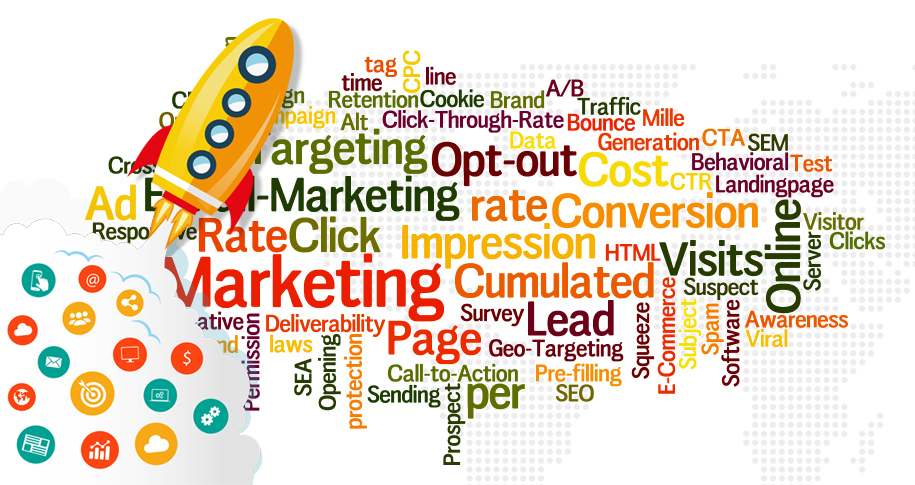What is Responsive DesignWhat is Responsive Design?
Responsive... More?
Responsive designWhat is Responsive Design?
Responsive... More is an approach to web design that ensures a website’s layout and content automatically adjust to fit the screen size and resolution of the device being used, whether it’s a desktop, tablet, or smartphone. The goal of responsive designWhat is Responsive Design?
Responsive... More is to provide an optimal viewing and interaction experience for users across a wide range of devices, ensuring ease of reading, navigation, and minimal resizing or scrolling.
Responsive designWhat is Responsive Design?
Responsive... More is implemented using CSS (Cascading Style Sheets) media queries, flexible grids, and images that scale according to the device’s screen size.
Why is Responsive DesignWhat is Responsive Design?
Responsive... More Important?
- Improves User Experience
- A responsive website provides a seamless and consistent experience for visitors regardless of the device they use. It ensures that users don’t have to zoom in or scroll horizontally to read content, improving overall satisfaction.
- Example: A responsive website will adjust its navigation and layout to suit the smaller screen of a mobile device, making it easy for users to find information without frustration.
- Boosts SEO Rankings
- Google rewards websites that are mobile-friendly and responsive with higher search engine rankings. A responsive designWhat is Responsive Design?
Responsive... More improves your site’s mobile usability, which is a critical ranking factor for SEO. - Example: Google uses mobile-first indexing, meaning it primarily uses the mobile version of a website for ranking purposes. Websites with responsive designWhat is Responsive Design?
Responsive... More are more likely to rank well in search results.
- Google rewards websites that are mobile-friendly and responsive with higher search engine rankings. A responsive designWhat is Responsive Design?
- Increases Mobile Traffic
- With the growing number of mobile device users, having a mobile-optimized website through responsive designWhat is Responsive Design?
Responsive... More is essential. Websites that are not responsive may experience higher bounce rates as users leave in frustration when they cannot easily view content on their devices. - Example: A user visits your site on their phone, and if it doesn’t display correctly, they may quickly leave and look for a competitor’s site that provides a better mobile experience.
- With the growing number of mobile device users, having a mobile-optimized website through responsive designWhat is Responsive Design?
- Cost-Effective Maintenance
- With responsive designWhat is Responsive Design?
Responsive... More, you only need to maintain one website that works across all devices, rather than creating and maintaining separate mobile and desktop versions of your site. This reduces the time and cost spent on updates and maintenance. - Example: Updating content, images, or features on a responsive site means the change will apply to all devices, streamlining the process and reducing effort.
- With responsive designWhat is Responsive Design?
How to Implement Responsive DesignWhat is Responsive Design?
Responsive... More
- Use Fluid Grids
- A fluid grid system ensures that the layout adapts proportionally based on the screen size. It uses percentages instead of fixed pixel values for elements like columns and images, allowing them to resize automatically.
- Example: A layout with fluid grids will scale down columns to fit on smaller screens without losing the structure or content.
- CSS Media Queries
- Media queries allow different styles to be applied depending on the screen size or device. For example, you can change the font size, adjust the layout, or hide certain elements on smaller screens using CSS.
- Example: A website might have a media query that changes the font size to make text more readable on mobile screens, and another that hides complex navigation on smaller devices.
- Optimize Images
- Images should be flexible and scalable, meaning they adjust to the size of the screen without losing quality or slowing down page loading times. Using the right image format and resolution is essential for responsive designWhat is Responsive Design?
Responsive... More. - Example: A responsive website will serve smaller image sizes on mobile devices to improve page loading speed while maintaining quality on larger screens.
- Images should be flexible and scalable, meaning they adjust to the size of the screen without losing quality or slowing down page loading times. Using the right image format and resolution is essential for responsive designWhat is Responsive Design?
Conclusion
Responsive designWhat is Responsive Design?
Responsive... More is an essential part of modern web development, ensuring that websites provide a positive and consistent user experience across all devices. By implementing responsive designWhat is Responsive Design?
Responsive... More, businesses can improve their SEO, enhance user satisfaction, and streamline maintenance efforts. Given the increasing mobile internet usage, responsive designWhat is Responsive Design?
Responsive... More is not just a best practice—it’s a necessity.
